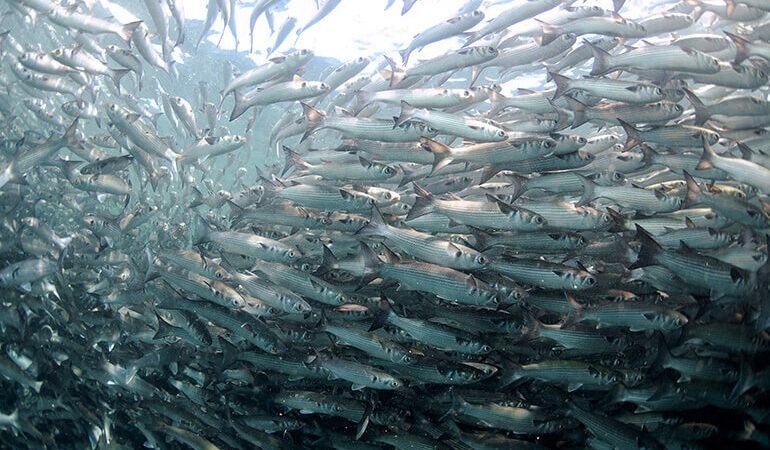How do the breathing techniques of Taiji, the flow of Daoism, and the pragmatic values of Confucianism relate to a sport that has created kowabunga handshakes and the stereotypical stoned Californian surfer dude?
At first glance, they don’t, but if you take the time to search in the mare magnum of dynastic history with the passion of a surf explorer, you’ll find out that China and wave-riding do cross paths, at many levels, starting from 1,200 years ago.
“Children of the Tide” is the radical journey of a surf punk along the Silk Road.
Nicola “Nik” Zanella studied Chinese in the late 1980s, worked as an interpreter in the 1990s, ran SurfNews magazine during the 2000s, and then moved to Hainan island to enjoy China’s virgin breaks and booming surf development.
Along the way, Nik discovered an untold history of wave-riding in dynastic culture, and this constitutes the core adventure of this book.

China’s Surfing Buddhas
The research was first ignited by an enigmatic clay bas relief of about 30 surfers, dated 1880, found in a monastery in the heart of rural China, 600 kilometers from the coast.
The statues were sculptured decades before surfing spread from Polynesia to the West.
Nonetheless, China’s “surfing buddhas” are riding a perfect green wave, utilizing a modern sideways stance.
And they also share ecstatic expressions of pure “stoke,” eyes fixed a few meters in front of their watercraft as if anticipating a promising wave section ahead. Only a surfer knows the feeling.
Who were they, and why were they doing this?
How could sculptor Li Guangxiu, born at the beginning of the 19th century in southwest China, so realistically depict wave-riding biomechanics if he had, most likely, not seen surfing?
The temple’s Abbot gave Nik an explanation leading towards an ancient capital:
“Those are living saints, real people like me and you, who have followed the scriptures and attained enlightenment. They are enjoying life at its utmost. They are 弄弄潮⼉儿 nong chao er, ‘Children of the Tide.’ You should look for them in Hangzhou.”
This encounter in Kunming constituted a turning point, one that would not rely on maps and weather forecasts for exploration, but on translating poems and dynastic documents through 5,000 years of Chinese history.
After years of research, countless trips to Hangzhou and interviews with fishermen and experts, Nik has cast light onto this ancient surf community, from its first literal appearance in the 9th century to the glory days under the Southern Song (960-1279), when the “Children of the Tide” were invited to surf for the Emperor during the best conditions.

Treading Waves
The activity peaked in popularity during the 13th century when Hangzhou was the capital of the Empire.
Court documents describe a parade held during the Mid-Autumn Festival, with hundreds of “watermen from Wu,” with short hair and tattoo, rushing towards the massive tidal bore and jumping on their feet, “treading waves,” performing hundreds of tricks, dancing with the white water, for the pleasure of the Emperor and the crowd.
The setting for this surf event is peculiar.
Located at the delta of the Qiantang River, 150 kilometers south of today’s Shanghai, Hangzhou was traversed by the world largest tidal bore, a wave up to five meters high, climbing the silty delta for over 50 kilometers at every tide, often inundating the land around its fortified banks, but constituting a predictable and reliable playground for this early form of wave-riding.
Hangzhou was also one of the richest towns on the planet, hosting over one million inhabitants, and at the forefront of art and technology.
Sports like polo, boat-racing, swimming, and even a local version of soccer were all practiced.
One legend describes how Emperor Fu Chai condemned Minister Wu Zixu to death (in 484 BC) because he didn’t trust his military advice, ordering him to be boiled alive in a cauldron, sown inside a leather sack and thrown into the river.
But Wu Zixu’s infuriated soul “enraged the waters” until they “rose in great billows, causing havoc among his enemies.”

Riding the Deadly Tidal Wave
The act of “treading waves” (踏浪 or “talang” in Chinese) was associated with the God of the Tide (also known as the Dragon King).
By offering their bodies to the tidal wave, the “Children of the Tide” could placate God’s raging soul and prevent calamities.
But there clearly was a recreational aspect to this, and the practice was continued, beyond the official rite, for the pure joy of riding waves.
The tidal wave in itself is frequent and easily predictable.
It breaks for over 100 days per year, often between one and two meters in height, an ideal size for wave riding on logs and canoes.
Halfway between daredevils and religious figures, the “Children of the Tide” often died while surfing, especially after human intervention turned the river banks from soft mud to steep concrete walls.
This instigated the authorities to regulate and ban the activity starting from year 1050, turning the community into surfing outlaws and policing the practice almost to extinction.
In successive trips, Nik found out that “treading waves” was carried on in secret by local fishermen until the 1980s.
With the help of Hangzhou’s last surfing outlaws, Nik and a team of European surfers managed to scout and surf the wave in a historic trip in October 2007.
That trip almost ended in tragedy, with the team chased by police and nearly kicked out of the country.
But it paved the way for contemporary surf development and the return of the “Children of the Tide.”
The book “Children of the Tide: An Exploration of Surfing in Dynastic China” by Nicola Zanella is available via Cordee.co.uk (printed version) and Amazon.com (eBook version).




Recent Comments